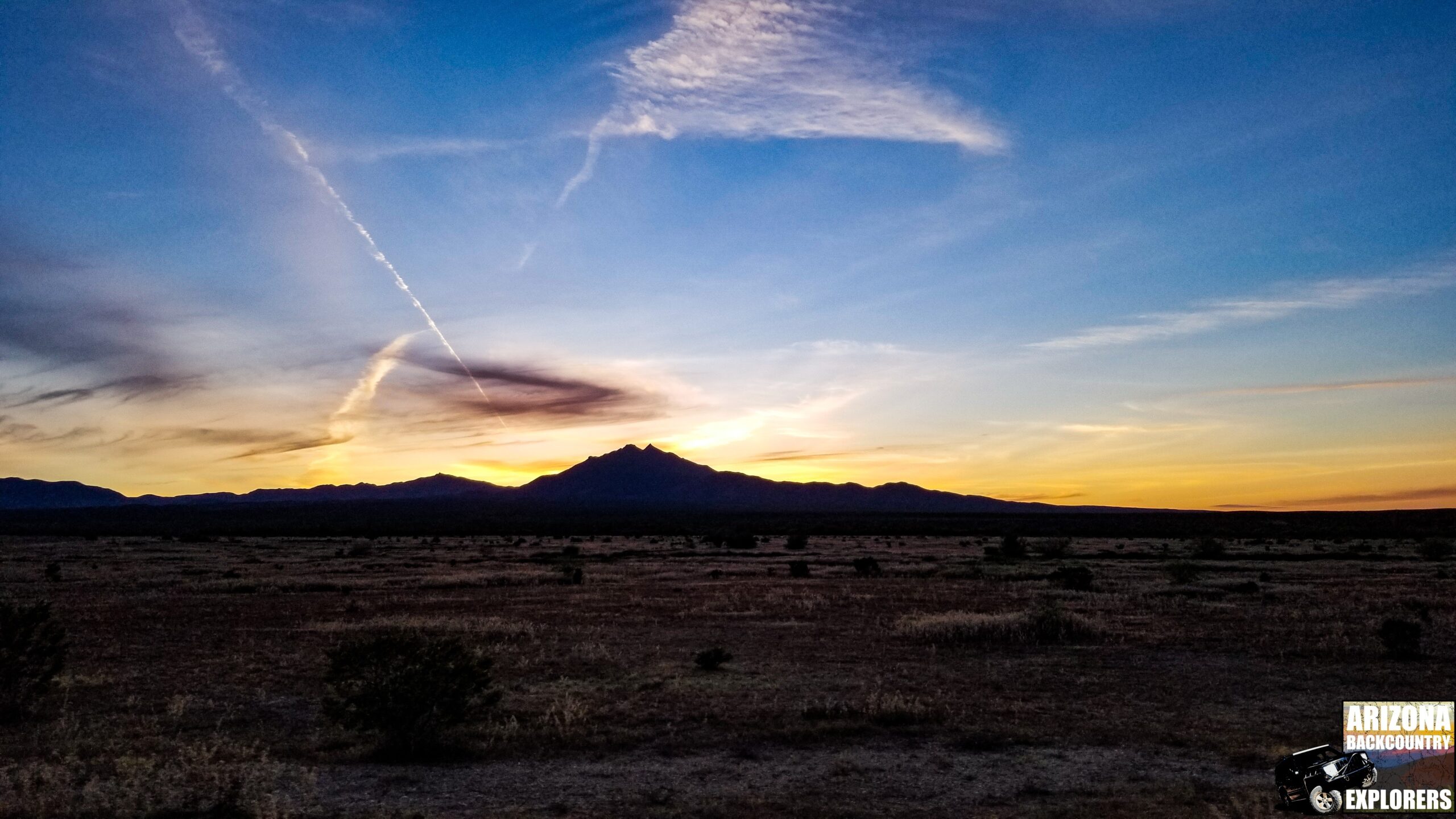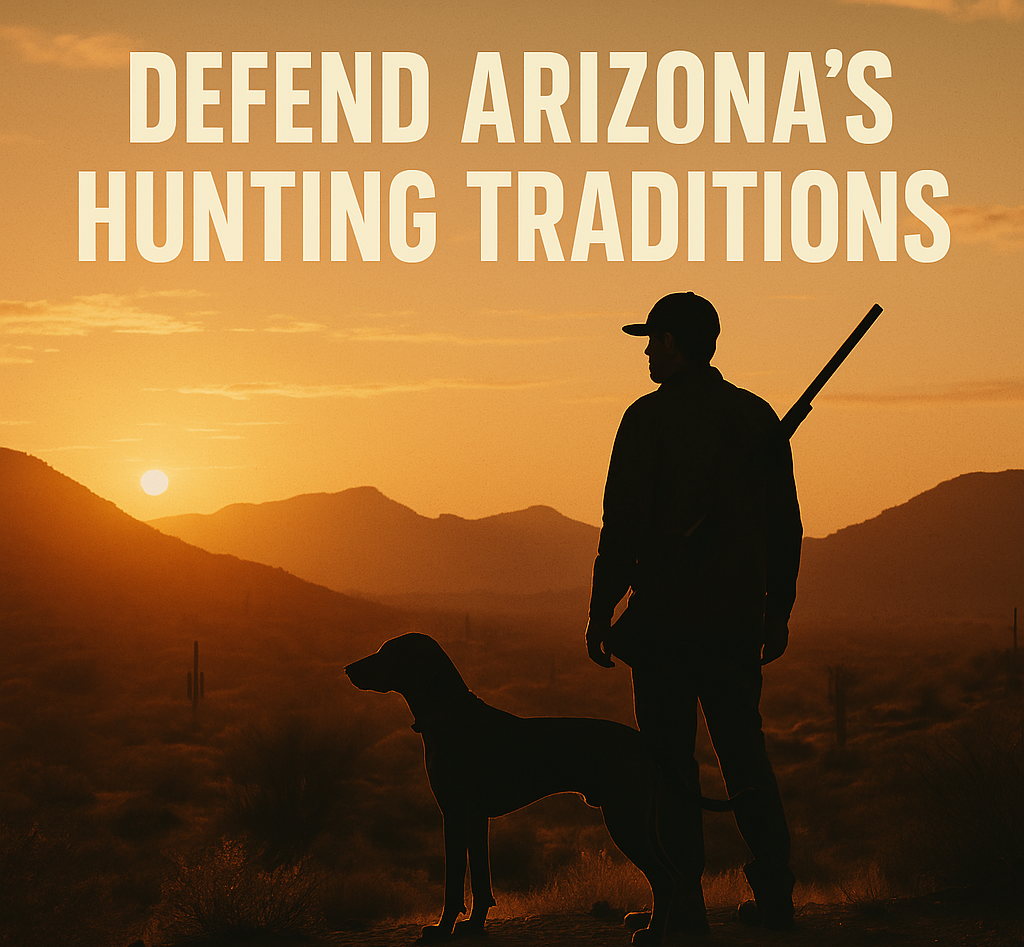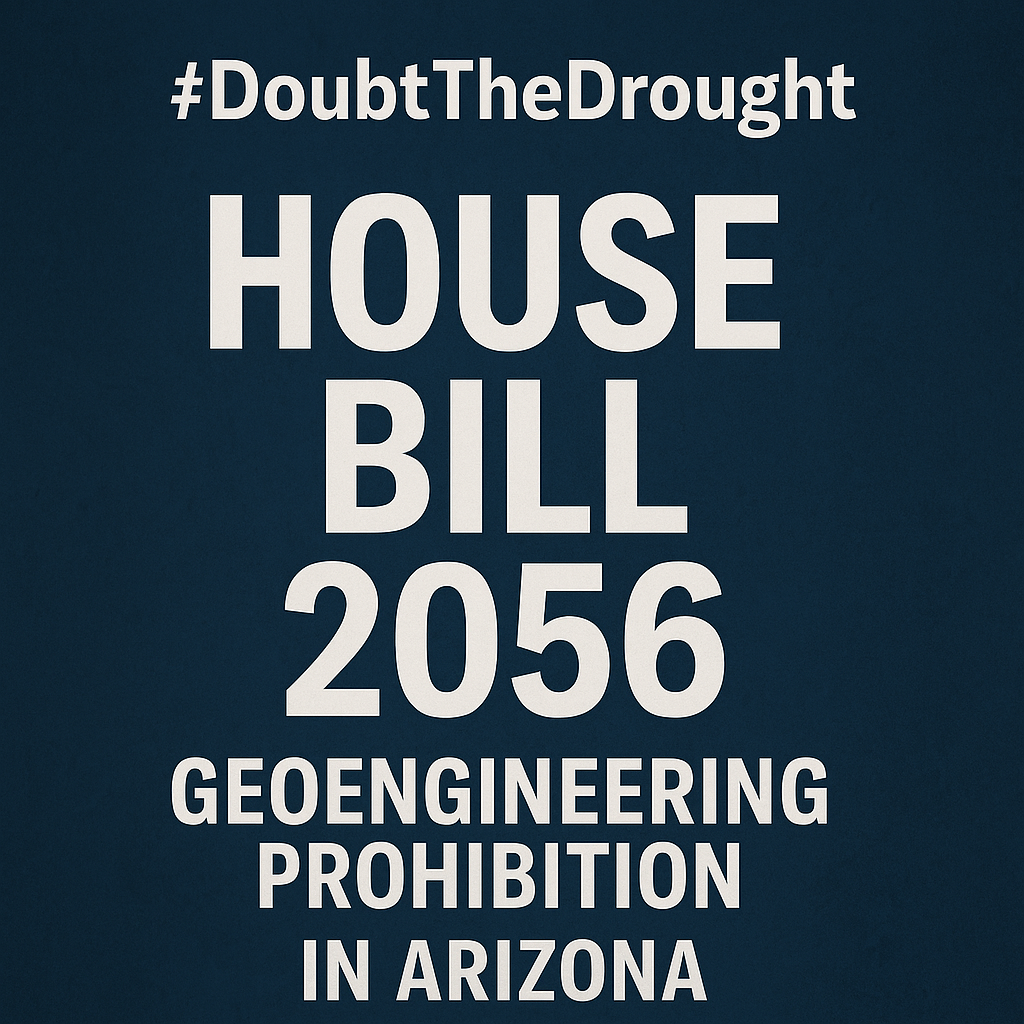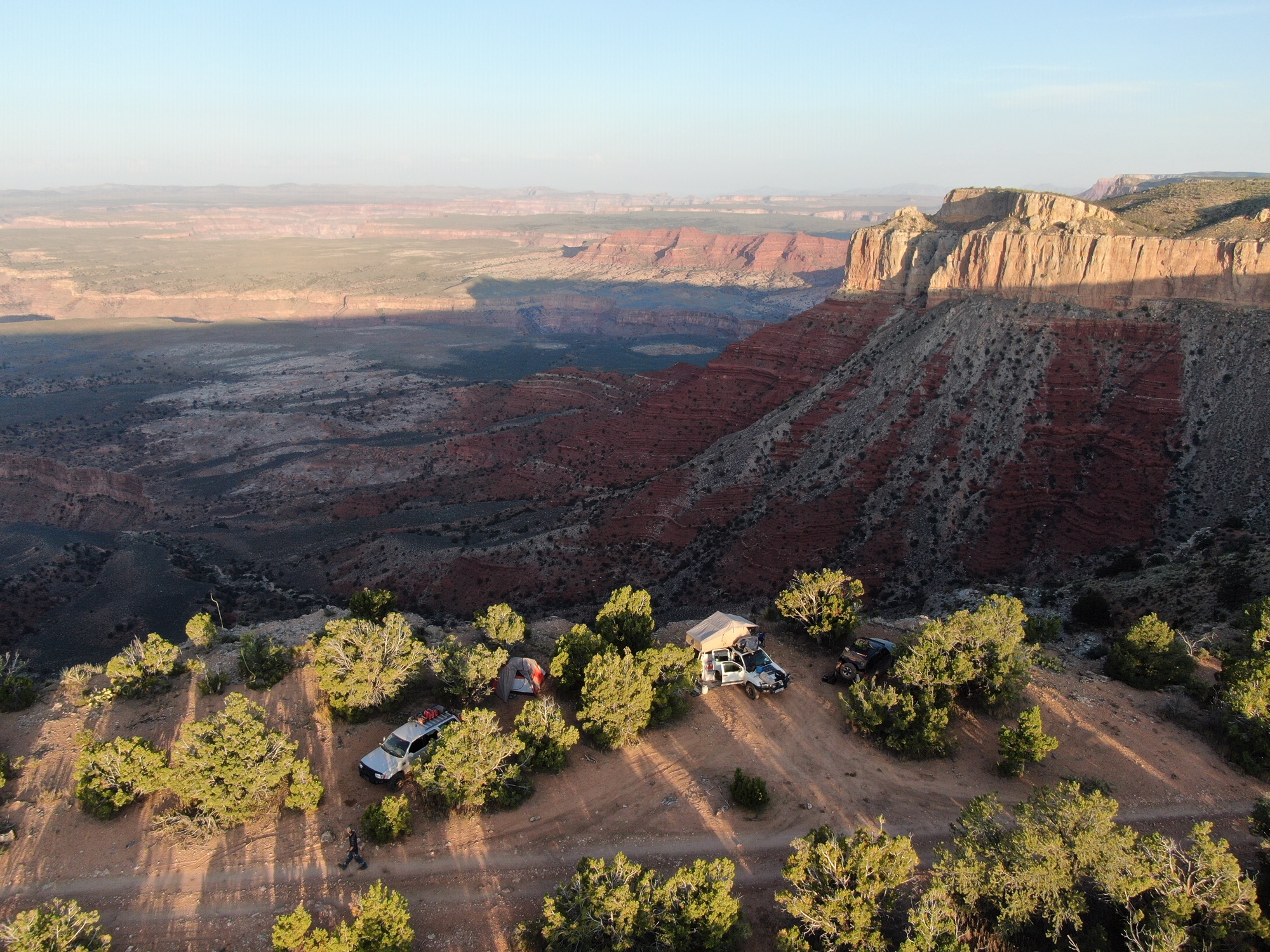Your cart is currently empty!
Buckeye, Arizona – On August 31, 2022, The Bureau of Land Management concluded a final decision on a Travel Management Plan for the Buckeye Hills and Rainbow Valley area just west of the Sierra Estrella Mountains near Buckeye Arizona. The final decision consists of 679 miles of roads in the 572,159 acre Buckeye Hills East and Buckeye Hills West Travel Management Areas where only 324 miles will remain open to all users. A total of 354 miles of existing roads will be permanently closed or restricted to the public under the preferred Alternative C.
This plan has been in development since 2001 and is one of several travel management plans that was withdrawn in 2018 due to the collective effort of Arizona Backcountry Explorers and numerous clubs, organizations, and political representatives across the state.
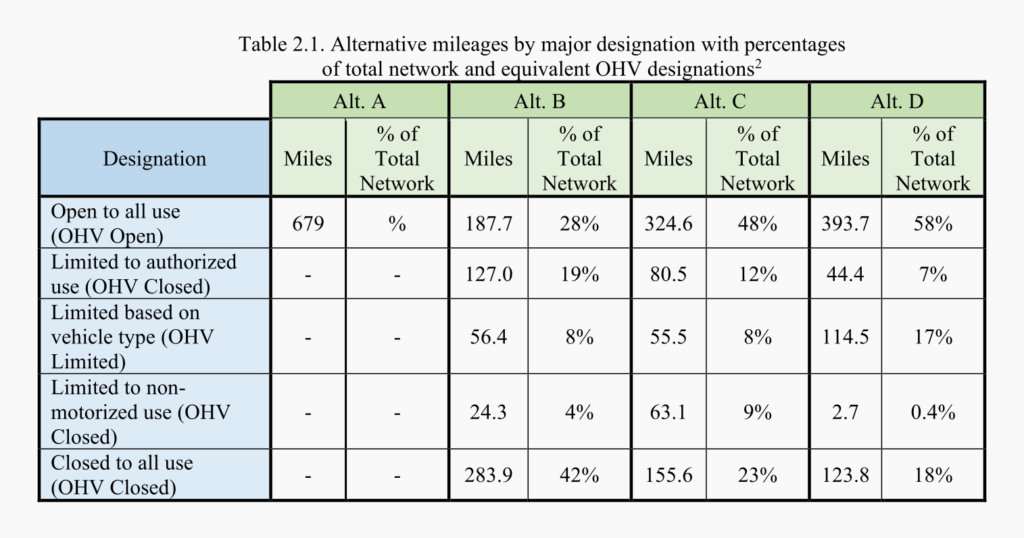
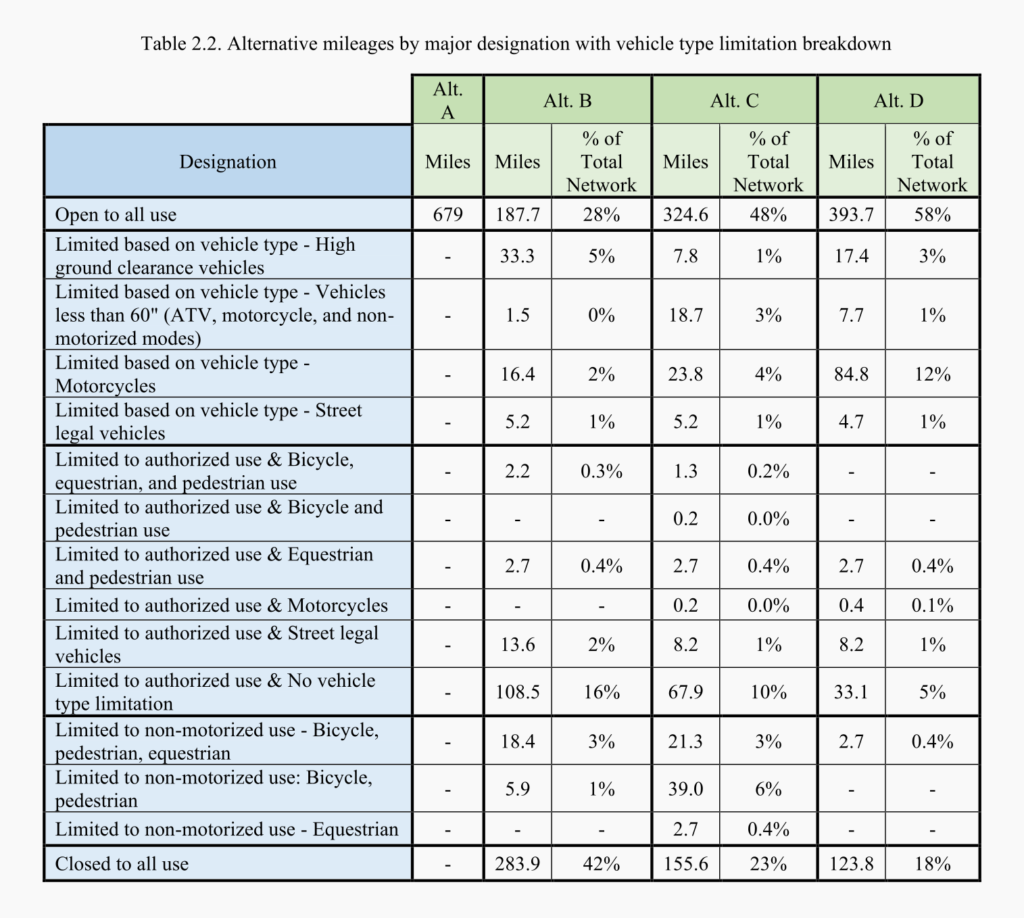
The Bureau’s decisions are coming fast
As we have shown, in the past couple of months the Bureau is releasing its final decisions out of nowhere. Bouse, Cactus Plain, Black Canyon Corridor, Littlefield, Arizona Strip, and now Buckeye Hills final decisions have all been released this year and we have issued action alerts for all of them. These plans have not been listed in the Bureau’s official NEPA register for nearly 4 years and there has been no attempt to contact the local political subdivision or those who use these roads. All of the original documents from the entire NEPA process have disappeared. GIS data is being hidden deep in the agency’s server. The Bureau is no longer making interactive maps and we are being left with PDF maps to see what’s closing.
Luckily, we have access to the agency’s data which they have desperately attempted to hide from the public. We know, through this hidden but publically accessible data, that the Fortuna Hills and Kingman Travel Management Plans will be released at any time. These plans include nearly 4,000 miles of closures in about 10 different travel management areas in the far western end of Arizona. Due to this recent trend, the Bureau will likely release these decisions without warning too.
We feel this is problematic as many of these plans never completed the public outreach process required by the National Environmental Policy Act. Likewise, the bureaus failed attempt to notify stakeholders imposes an unfair disadvantage on public land users. In our opinion, all of these plans should have, at a minimum, been brought back to the drawing board and reopened for public comment or permanently withdrawn. The final decision is no different than the previous proposals that were withdrawn in 2018 and that caused major controversy among the local motorized users and political subdivisions that have broad authority over these roads.
Historical roads exist in the project area that is now being closed. Some of these roads have existed for 100 years or more and are property rights granted to the states under Section 8 of the Mining Act of 1866. Federal and State laws give the local political subdivision broad authority over these roads and detail a strict process to abandon, vacate, and close a public right of way.
The appeal process for the Buckeye Hills decision ends on September 30, 2022.
Once the decisions are released, the National Environmental Policy Act gives individuals and local clubs who have submitted a substantial comment on the plan, a 30-day window to appeal the Bureau’s decision. This is where our action alerts come into play. We must make sure the local political subdivision appeals to the Bureau’s final decision.
Use the interactive map below to view the final decision
Use the form below to send an email to the local political representatives in County and State government. Edit the message or use our pre-written message.
Send your comments on Buckeye Hills TMP
Read the Documents and Final Decision on the Project Website
We Need Your Help To Keep Our Backroads Open!
Please become a member today!
